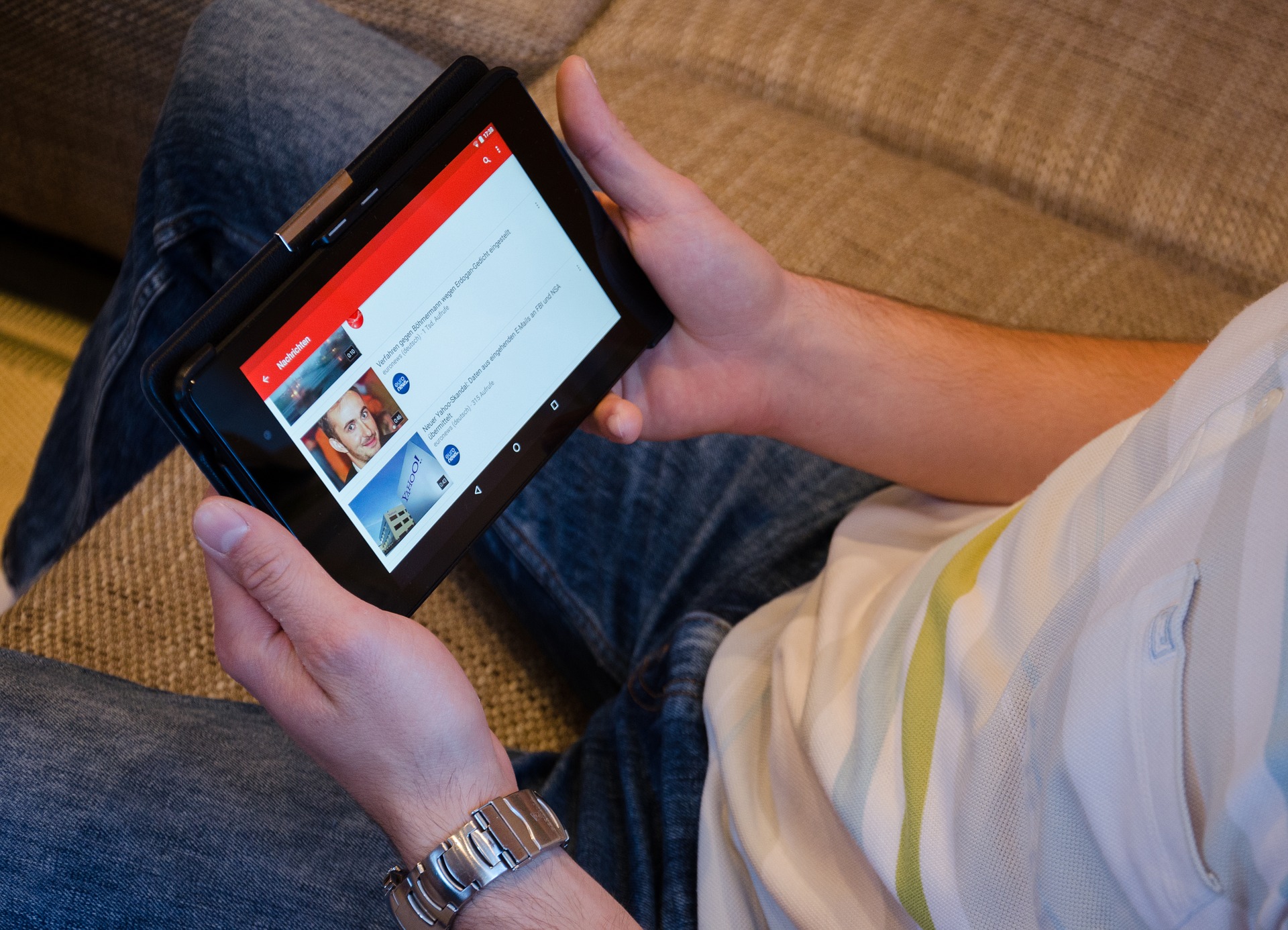What is blue light and how does it affect us?

The media has been filled with stories about blue light and the impact it can have on sleep patterns, but delve a little deeper into the subject and you'll discover that blue light can have plenty of positive implications in the office and at home, too.
In this article, we’ll be discovering more about how blue light affects our biology and how we can harness its power to keep us awake, alert and focused as well as offering some practical advice on lighting to aid restful sleep.
What is blue light?
In its simplest terms, blue light is exactly that – light with blue wavelengths.
These wavelengths are so small that they often cannot be detected by the human eye and instead are sometimes seen as a faint blueish glow, but although not easily seen, they are definitely there.
Blue light is often difficult to detect as it is mixed in with a variety of other light colours and is even present in lightbulbs designed to replicate natural daylight.
While colours of longer wavelengths including yellow, orange and red have been proven not to have a detrimental impact on sleep, blue light can penetrate the thin skin of eyelids and flow into retinas activating our brains into an alert state.
Common sources of blue light
Thanks to advancements in technology, blue light can be found in a variety of devices that we use on a daily basis. From tablets and laptops to TV screens and LED lighting, there are several sources of blue light that can both improve and hinder our wellbeing.
As many household light sources and devices we use every day emit blue light, the increased exposure to these wavelengths especially when the sun goes down can often stop us getting the restful sleep our bodies require after a long day. However, blue light also has its advantages too, especially when it comes to the winter months and natural light levels begin to plummet.
Blue light and circadian rhythm
Our body’s internal clock, or circadian rhythm to give it its proper name, is what wakes us in the morning and lets us know when it is time for sleep.
Many studies have shown that blue light can disrupt the circadian rhythm and in some cases even reset it, which can be particularly useful for those that have irregular working patterns or night shift workers who work throughout the night and need to wake up just as the sun begins to set.
Some people who have trouble waking up use sources that emit blue light to rouse them without the need for several alarm clocks as our eyes act as a receptor that can signal the production or suppression of melatonin, the hormone that regulates sleep and wakefulness.
This method is often seen as a far gentler way of waking up and uses our natural biology and blue light to restore us to a state of wakefulness proven to be effective for many people in recent studies across the globe.
The benefits of blue light
Many people have heard of the negative impacts of blue light, but there are several benefits that can be harnessed both at work and around the home. Blue light is used to try and replicate daylight illumination and this helps to boost attention, speed up reaction times and keep us awake.
This is especially helpful at work during the winter months as daylight hours are significantly reduced, so you will often find that the majority of offices opt for energy-saving light sources with a natural daylight hue. Blue light wavelengths are present and can help to improve productivity, focus and alertness.
Limiting blue light exposure
Reducing the brightness and intensity of light bulbs in your home can reduce blue light exposure. Although there are several benefits associated with blue light, overexposure can disrupt sleep and lead to poor quality rest, so it is important to limit the amount exposed to before bed.
Turning off your mobile phone, laptop and tablet devices an hour or two before you head off to bed is a good start as too much blue light tricks the brain into a state of wakefulness. Many parents and adults ban all but the essential electronic devices in the bedroom for exactly this reason.
For those who can't bear to be without their favourite devices before bed, turning down the screen brightness is an effective way of reducing blue light exposure and limiting the impact it has when trying to drift off to sleep.
Another way of reducing blue light exposure is to adjust your lightbulbs and opt for a dimmable light source as this will reduce the illumination levels in the evening and still allow you to turn up the brightness when it’s time to rise and shine.
Switching to LED lightbulbs is another energy-saving solution as they are designed to limit the disruption to restful sleep by using a blend of long-wavelength phosphors. The result is a spectral distribution of colours not visible to the naked eye that produces natural light but also limits the impact on melatonin suppression on the body.
Created by Gary Baker on 5th January, 2021
Author
 | Gary BakerBLT Direct |



